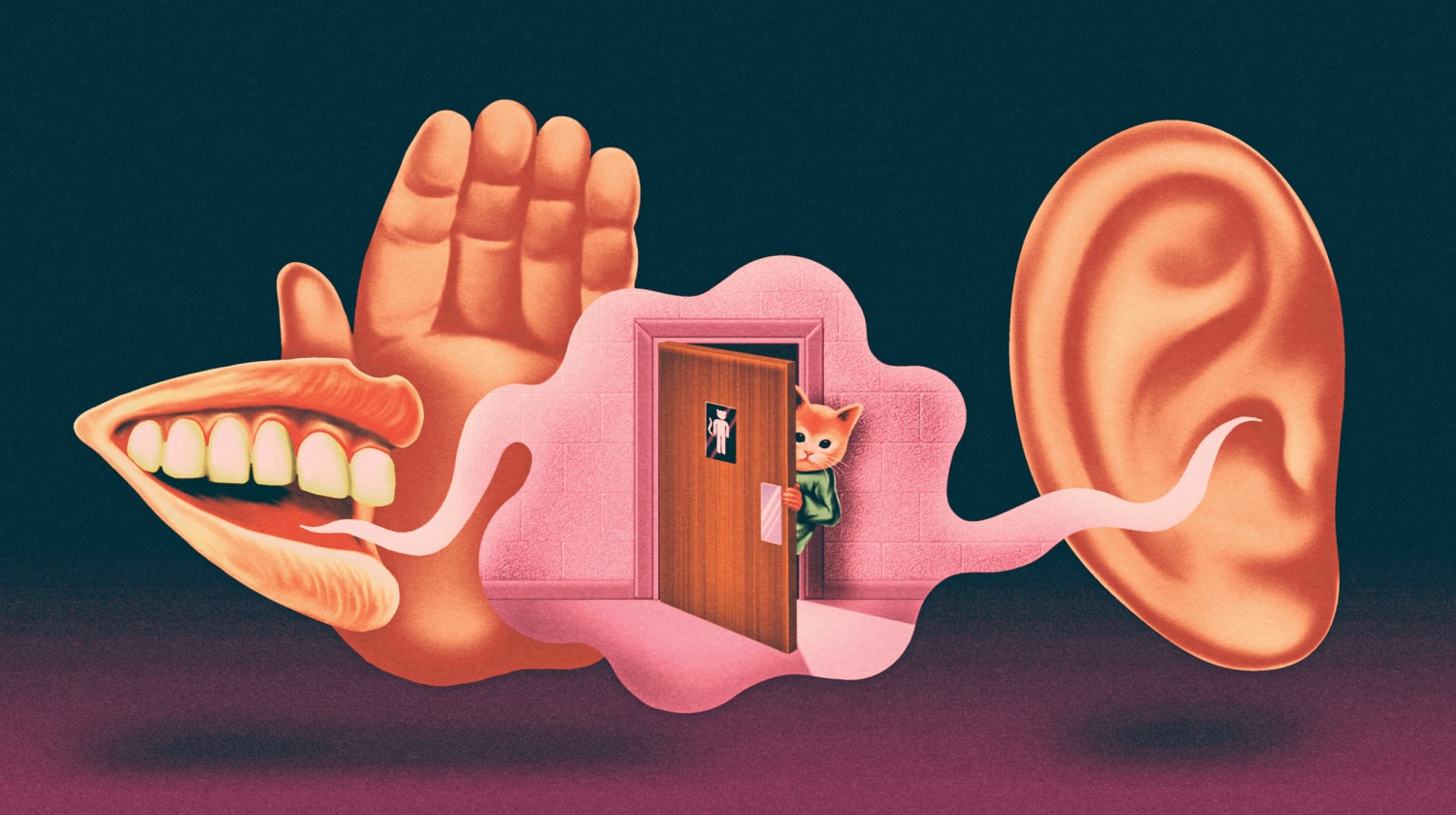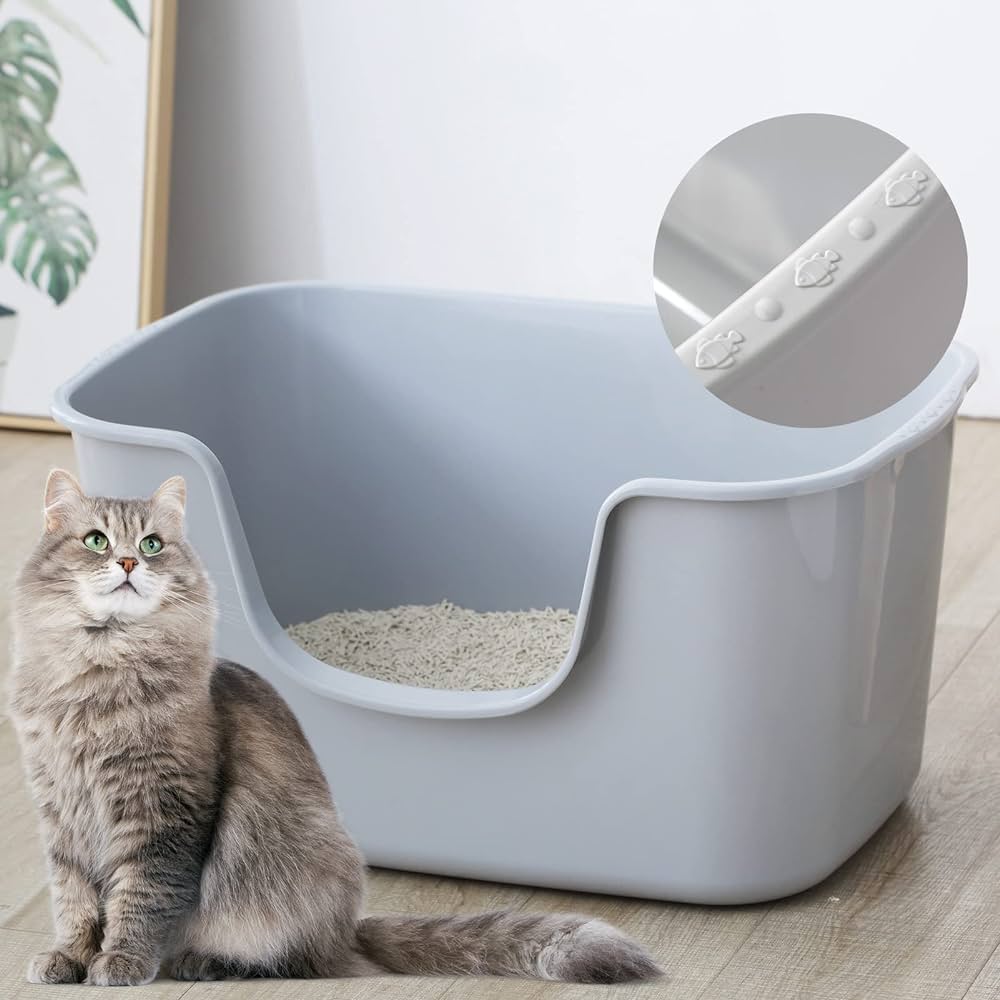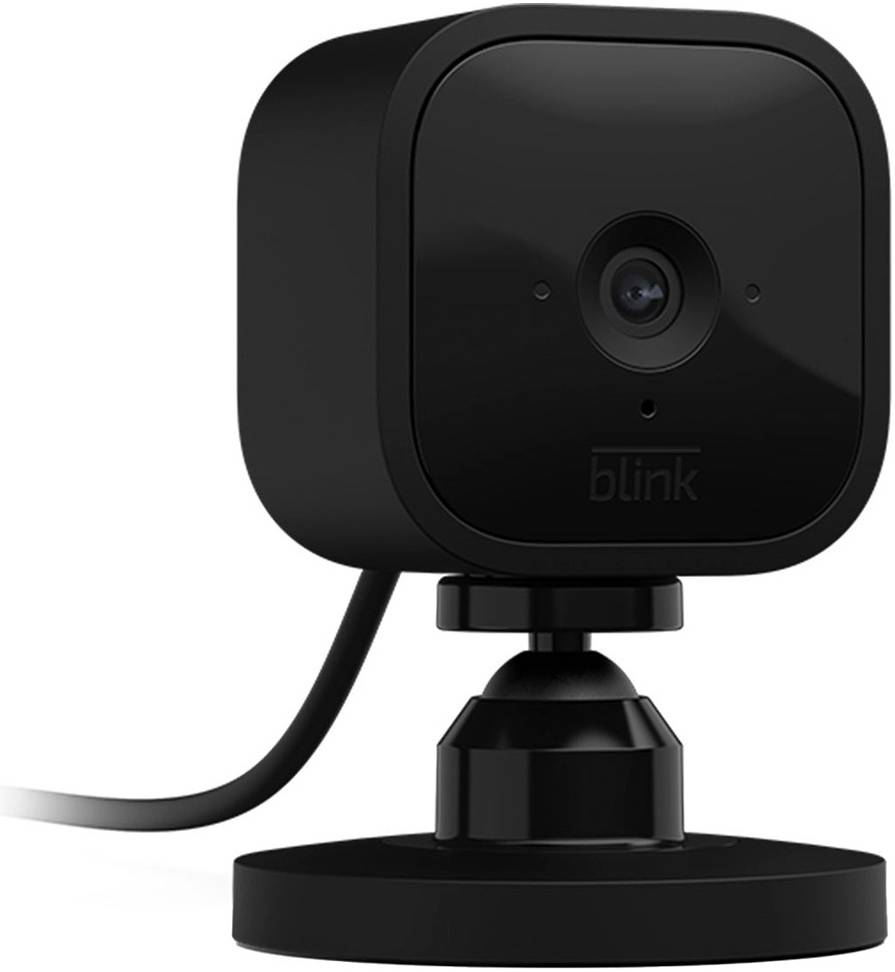In recent years, a bizarre and harmful rumor has gained traction across social media and conservative circles: the claim that schools are installing cat litter boxes in bathrooms for students who identify as cats. This myth, often accompanied by sensational headlines and inflammatory rhetoric, has spread like wildfire, causing distress and confusion among parents, educators, and students alike. It’s crucial to address this misinformation head-on, not only to set the record straight but also to protect the integrity of our education system and foster a safe, inclusive learning environment for all students.
I. Understanding the Truth: No Cat Litter Boxes in Schools
Let’s be clear: there is no evidence whatsoever to support the claim that cat litter boxes have been installed in any school in the United States or beyond. This fabricated narrative is pure fiction, devoid of any basis in reality. School officials, educators, and fact-checking organizations have repeatedly debunked this myth, emphasizing that there is no place for such accommodations in schools.
II. The Roots of the Hoax: Exploiting Social and Cultural Divisions
The origins of this hoax can be traced back to the broader context of social and cultural divisions, particularly those surrounding gender identity and sexual orientation. The politicization of education has created a fertile ground for misinformation and prejudice, where certain groups are targeted and vilified to advance a particular agenda.
III. Combating Misinformation: Promoting Critical Thinking and Media Literacy
In the age of social media and the rapid spread of information, it’s more important than ever to cultivate critical thinking skills and media literacy. We must be discerning consumers of information, verifying sources, and evaluating claims before sharing them. Recognizing bias and hidden agendas in news sources and social media posts is essential to avoid falling prey to misinformation.
IV. Protecting Students and Schools: Fostering a Safe and Inclusive Environment
The cat litter box hoax has had a detrimental impact on schools, students, and society as a whole. It has created a hostile environment for LGBTQ+ students and their allies, fostering fear and misunderstanding. It has also distracted from the important work of education, diverting resources and attention away from genuine concerns.
V. The Role of Media and Social Media Platforms
Media outlets and social media platforms have a responsibility to combat the spread of misinformation. They should implement policies to flag and remove false or misleading content, promote fact-checking practices, and provide clear guidelines for responsible content sharing.
VI. Education and Awareness: Dispelling Myths and Promoting Truth
Education is key to combating misinformation and promoting understanding. We must educate the public about the dangers of misinformation and the importance of critical thinking. Providing resources and tools for identifying and debunking false claims is essential. Open dialogue and engagement are crucial to address concerns and build understanding.
VII. Conclusion: A Call for Collective Action
The cat litter box hoax is a stark reminder of the challenges we face in an era of misinformation and social media echo chambers. It’s time for a collective effort to combat misinformation, promote factual information, and create safe, inclusive, and informed school communities. By working together, we can ensure that our schools remain places of learning, growth, and respect for all students.
IX. The Impact on Educators and a Culture of Respect
The cat litter box hoax has also had a negative impact on educators. It creates a climate of distrust and disrespect towards teachers and administrators, suggesting they would implement such a nonsensical policy. This makes it more difficult for educators to create a positive and supportive learning environment for all students.
X. Beyond the Myth: Addressing Underlying Issues of Prejudice
While debunking the hoax is crucial, it’s important to address the underlying issues of prejudice and discrimination that fueled its spread. We must promote inclusivity and respect for all students, regardless of their gender identity, sexual orientation, or any other factor. Schools can play a vital role in fostering these values through diversity training for educators, anti-bullying programs, and the creation of safe spaces for LGBTQ+ students.
XI. Moving Forward: Building Trust and Collaborative Solutions
The cat litter box hoax highlights the importance of open communication and collaboration between parents, educators, and the community. Schools should hold regular forums to address concerns and foster trust between stakeholders. By working together, we can create schools that are safe, inclusive, and equipped to address genuine challenges in education.
By debunking the myth of cat litter boxes in schools, promoting critical thinking, and fostering a culture of respect for all students, we can ensure that schools remain places of learning, growth, and inclusivity for future generations.
XII. The Cost of Misinformation: Eroding Public Trust in Education
The widespread belief in the cat litter box hoax highlights a concerning trend – the erosion of public trust in education. When misinformation takes hold and gains traction, it creates a narrative of educational institutions pushing an agenda rather than focusing on student learning. This distrust can lead to decreased funding for schools and hinder efforts to improve educational outcomes for all students.
While humor and satire can be powerful tools for social commentary, it’s crucial to navigate them responsibly when addressing sensitive topics like the cat litter box hoax. Jokes and memes that perpetuate misinformation, even if intended as satire, can inadvertently contribute to the spread of harmful narratives. It’s important to be mindful of the potential consequences of humor and ensure it fosters understanding rather than division.
XIV. Final Thoughts: The Power of Critical Thinking in a Digital Age
In today’s information-saturated world, critical thinking skills are more important than ever. The ability to evaluate information, identify bias, and discern truth from fiction is essential for navigating the digital age and making informed decisions. Schools should play a vital role in equipping students with critical thinking skills, empowering them to become discerning consumers of information and responsible participants in a globalized society.
By fostering critical thinking, promoting media literacy, and prioritizing inclusivity in education, we can create learning environments where students can thrive and where misinformation has no place. This collective effort ensures that our schools remain bastions of knowledge, understanding, and respect for all.

